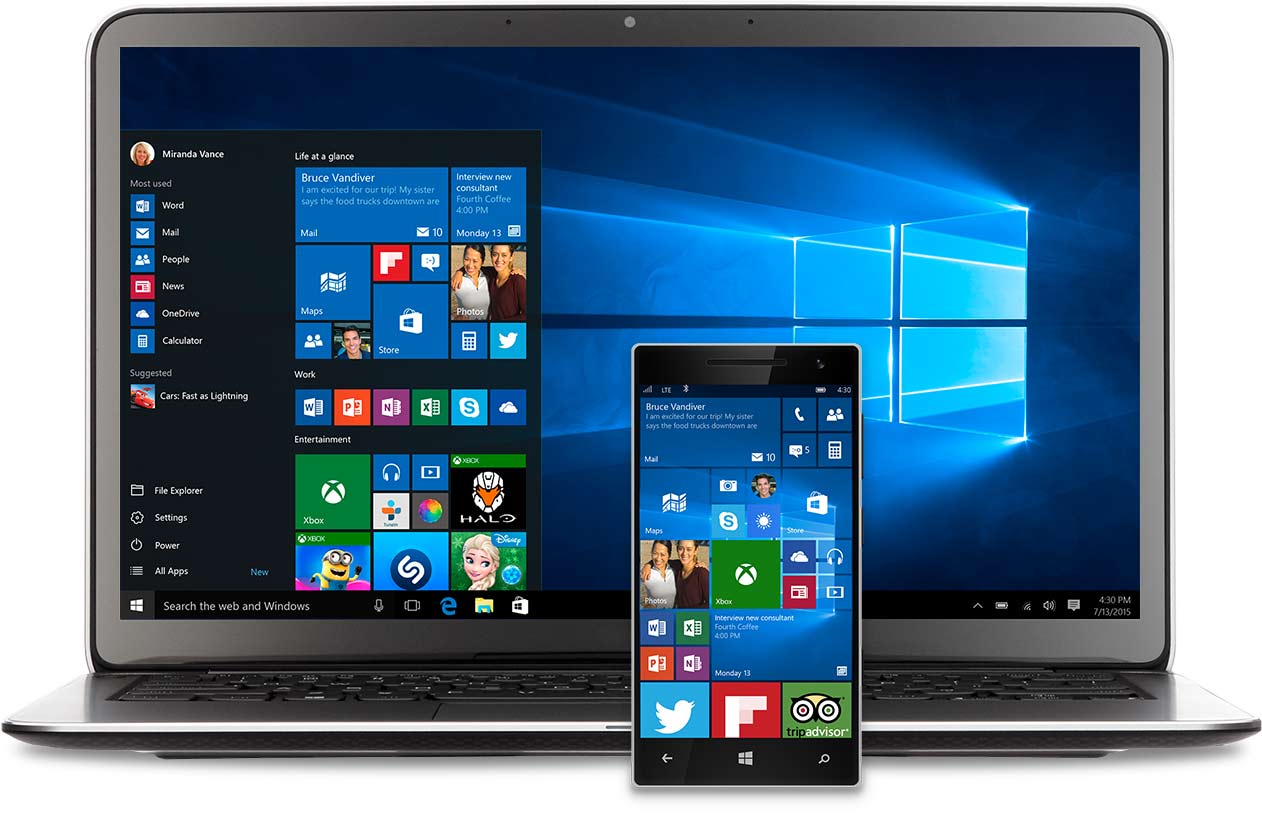Microsoft's mobile strategy for Windows Phone 10 is simple: get someone else to build Windows phones.
Lumia phones may be going through some rough times, with sales hitting rock-bottom in quarter one of 2016, with that said, there are reasons to suspect that Microsoft’s mobile strategy could be far more convoluted than what actually transpires through sales figures, with the following as an indication that Microsoft’s priority is not necessarily that of pushing Lumia, or Surface Phones (although the latter is still a very real possibility), but rather to ensure that third party manufacturers create as many devices as possible, capable of running Windows 10, and able to interface with Windows 10 laptop and desktop PCs, as well as being capable of connecting to external screens, for desktop operations.

Let’s take a look at four devices with similar specs, some released very recently:
Vaio Phone Biz
Most recently, former Sony laptop brand, and now own separate entity Vaio, has released its first Windows 10 phone, exclusive to the Japanese market, at least for the time being. The new handset, called Vaio Phone Biz, targets business customers, with a 5.5 inch touchscreen, 1080p display, a 13MP rear camera, a front facing camera for video calls, 3GB of RAM, 16GB of internal storage, expandable to 64GB, via a built-in microSD slot. The Vaio Phone Biz is powered by a dual core Qualcomm Snapdragon 617, and does not include NFC, or a USB Type-C port, settling instead for a regular USB 2.0 port and 802.11 a/b/g/n/ac Wi-Fi.
w5.5 Pro by Funker
Another handset of slightly better specs, compared to the Vaio Phone Biz, was released, almost simultaneously, by Spanish smartphone manufacturer Funker. The W5.5 Pro, is a handset with a 5.5 inch 1280x720 pixel (HD) display, and powered by a Quad Core 1.2GHz Qualcomm Snapdragon 410, 2GB of RAM and 16GB of storage. Just like the Vaio, this device’s storage can be upgraded via a microSD slot, and similarly to the Vaio Phone Biz, the w5.5 Pro is equipped with a 13MP camera.
Acer Liquid Jade Primo
The Liquid Jade Primo is yet another Windows Phone handset to hit the market, with specs very close to both Vaio and Funker’s Windows 10 Phones. Once again, this new handset sports a 5.5 inch touchscreen HD display. For this handset, Acer has doubled the memory, compared to other devices, bringing it to 32GB, and fitted it with an impressive 21MP camera. The Liquid Jade Primo is powered by yet another Qualcomm processor, the Snapdragon 808.
Alcatel One Touch Fierce XL
Last but not the least, the One Touch Fierce XL by Alcatel widens the landscape of Windows Phones, with another 5.5 inch HD display, powered by a 1.1GHz Qualcomm Snapdragon 210 Quad-core CPU, and 16GB of storage, upgradeable to 32GB, via microSD. The cameras on this handset are on the conservative side, with a front facing 2MP sensor, and a 8MP rear camera.
Conclusions
Lest we forget that Microsoft is still very much a software company, the focus is on Windows 10 above all else, which makes it a priority to ensure that Windows 10 runs on as many consumer devices as possible. The growing number of third party manufacturers invested in making Windows 10 devices might not only confirm that this is the actual strategy at play, but also that said strategy is beginning to work, by laying the foundation for a stronger Windows 10 ecosystem.
We must also consider the lower hardware fragmentation among the above mentioned devices, most of which seem to converge on 5.5 inch 1280x720 pixels HD as a standard display size and resolution, as well as the ability to use Continuum and to connect to external screens, in desktop mode.